Double Tourbillon 30°
1st Invention
Inside a cage which rotates in four minutes, the interior cage containing the balance and spring assembly is inclined at an angle of 30° relative to the first cage and completes a revolution in sixty seconds. The combination of the 30° inclination with the different rotational speeds of the two tourbillons improves timekeeping by averaging out positional errors due to gravity in all usual wristwatch positions and especially in stable positions.
This invention beats at the heart of several timepieces in our collection.
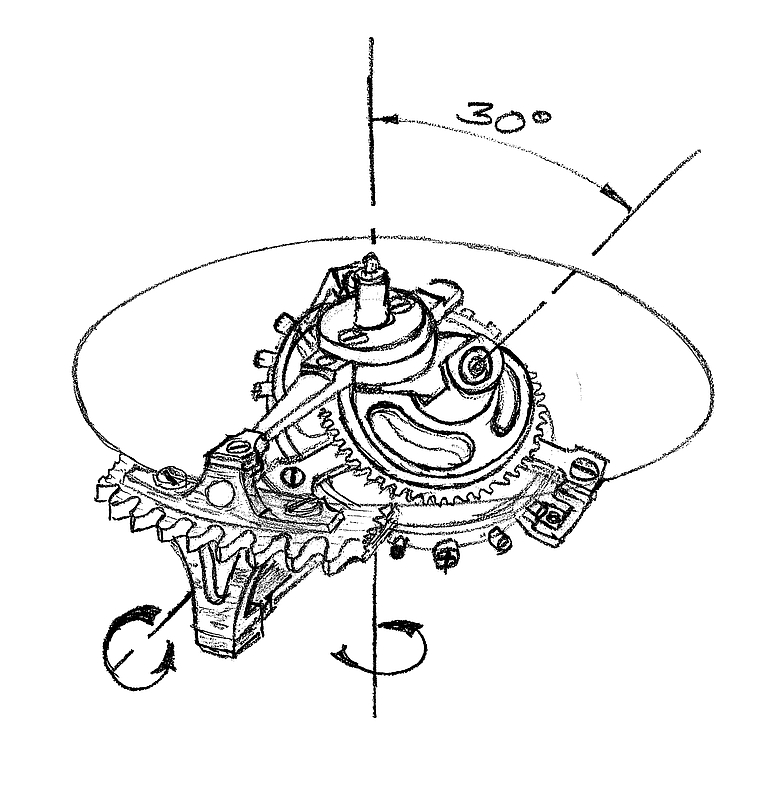
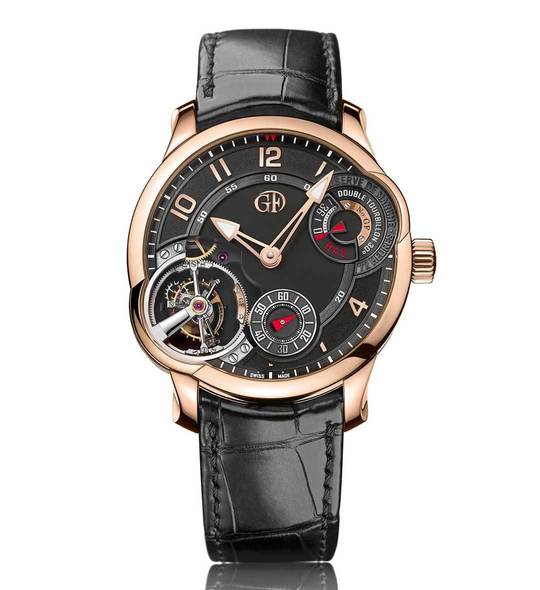
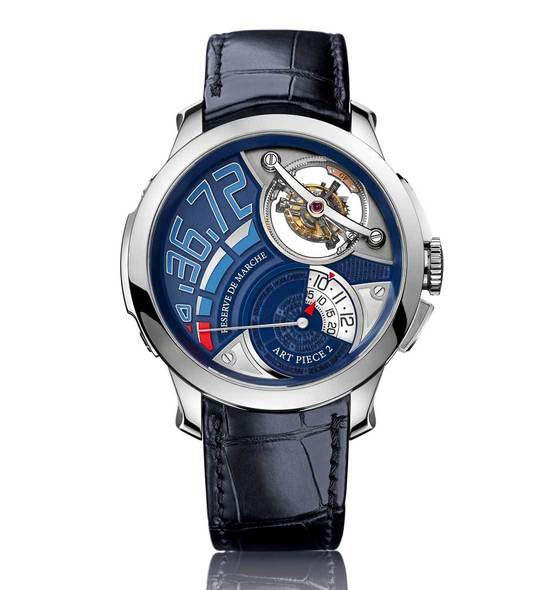
Quadruple Tourbillon
2nd Invention
Each of the four tourbillons connected to a spherical differential contributes independently to obtain a precise and reliable timing rate especially in stable positions. The spherical differential transmits the average timing rate of the four tourbillons, thus improving the chronometric performance of all the regulating organs.
This invention beats at the heart of several timepieces in our collection.
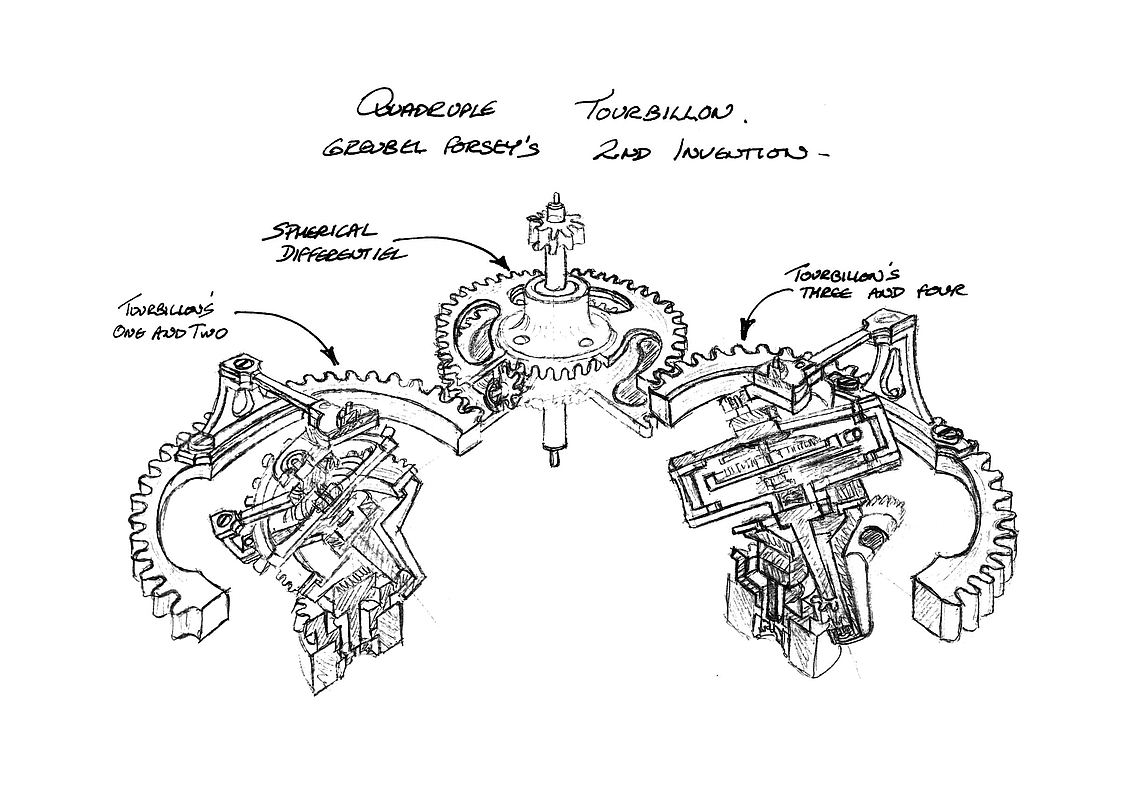
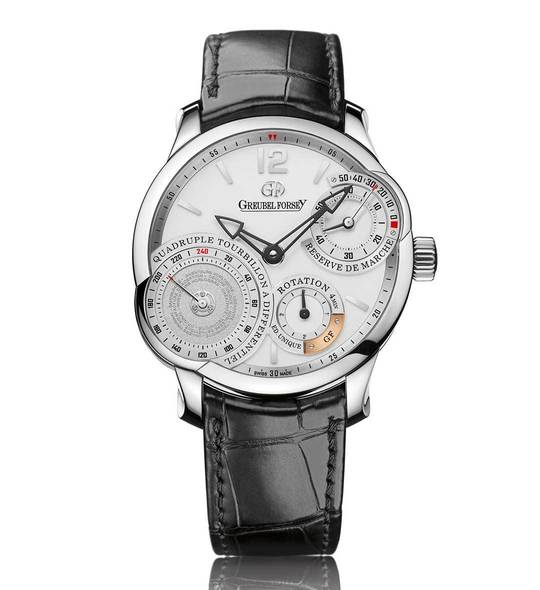
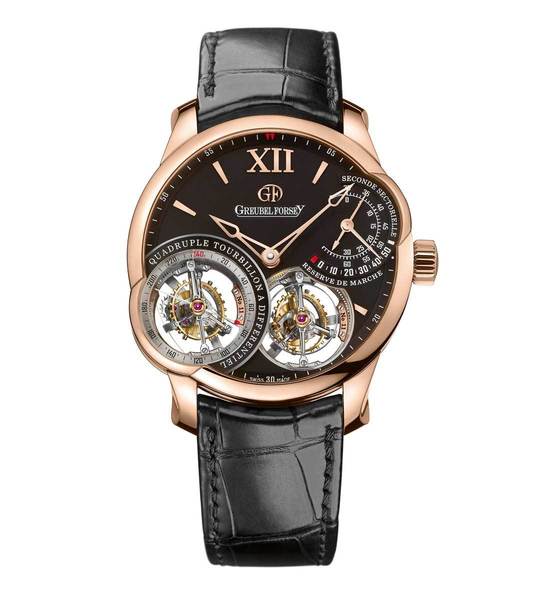
Tourbillon 24 Secondes
3rd Invention
The Tourbillon 24 Secondes uses a fast rotation speed and inclined angle to solve the problem of critical positions of the oscillator in relation to gravity. The 25° angle and the rapid rotation of the tourbillon cage significantly improve the chronometric performance of a system containing only one tourbillon, especially in stable positions. Consequently, we had to develop an inclined gearing profile and an ultra-light tourbillon cage to resolve the considerable mechanical constraints imposed by this system.
This invention beats at the heart of several timepieces in our collection.
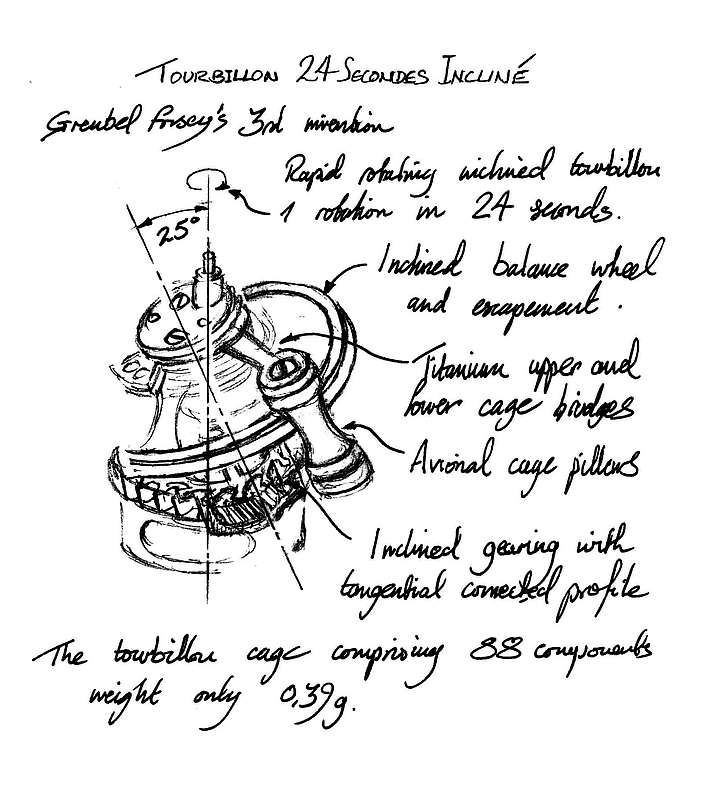
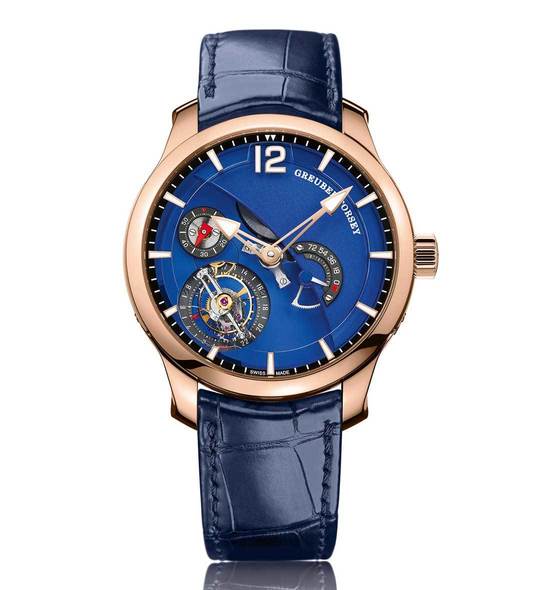
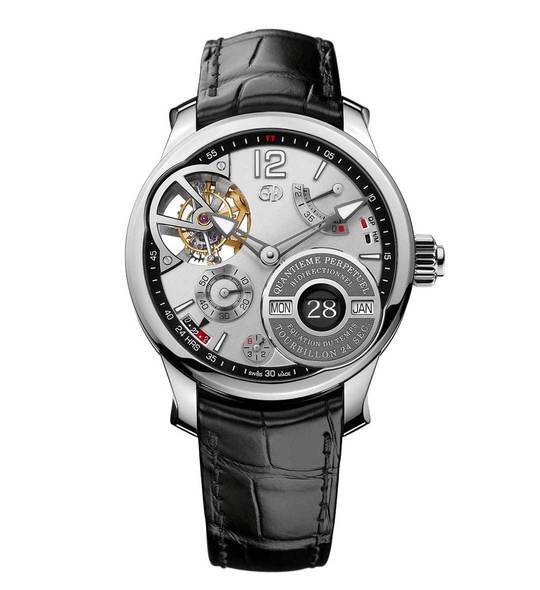
Tourbillon 24 Secondes Contemporain Bleu Or 5N Quantieme Perpertual QP a Equation
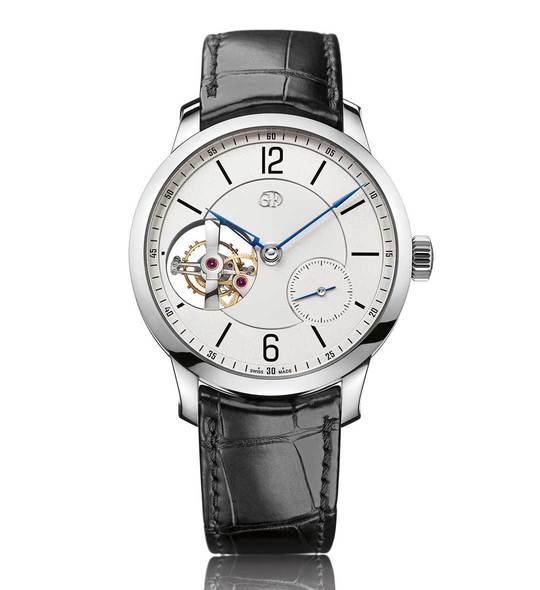
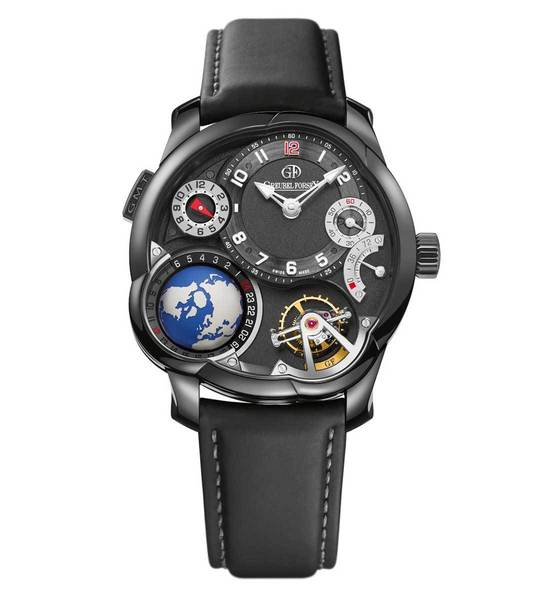
Balancier Spiral Binôme
4th Invention
In order to improve the interaction between the balance and the balance spring, we explore the use of the same material for both components – a material which would be impervious to temperature variations and be non-magnetic in order to exploit its physical properties for the balance and the balance spring. We first explored the use of synthetic diamond, which has paved the way to research on other materials.
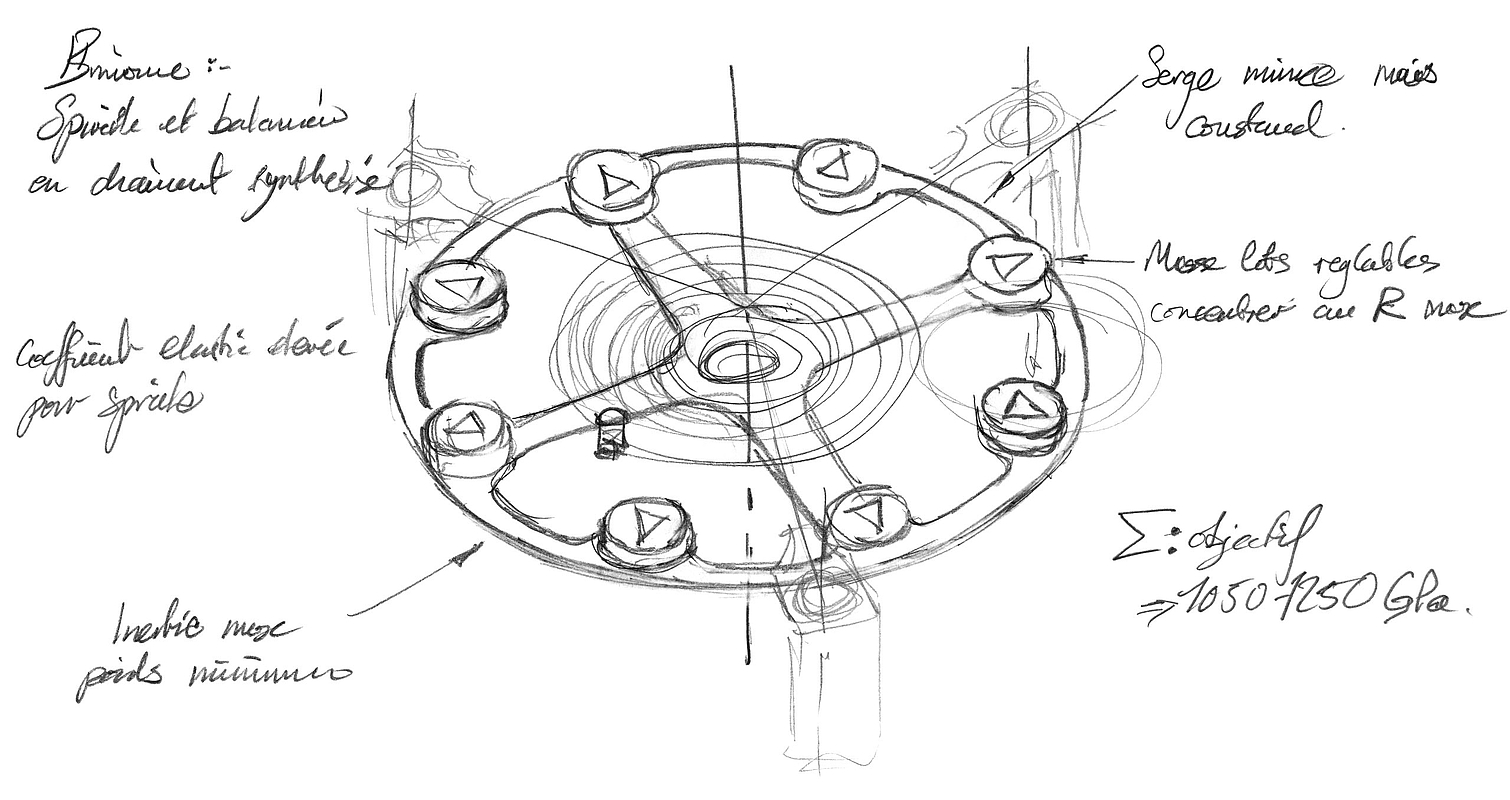
Différentiel d’Egalité
5th Invention
The Différentiel d’Egalité is based on a spherical differential that receives energy from the mainspring barrel and releases it in constant amounts to the regulating organ. In order to maintain this constant rate, the mainspring barrel powers a secondary spring, which is rewound every five seconds. Placed before the regulating organ, the spring ensures a uniform transmission of energy by eliminating power variations from the mainspring barrel and correcting variations in torque generated by the gear train.
This invention is incorporated into our Différentiel d’Égalité timepiece.
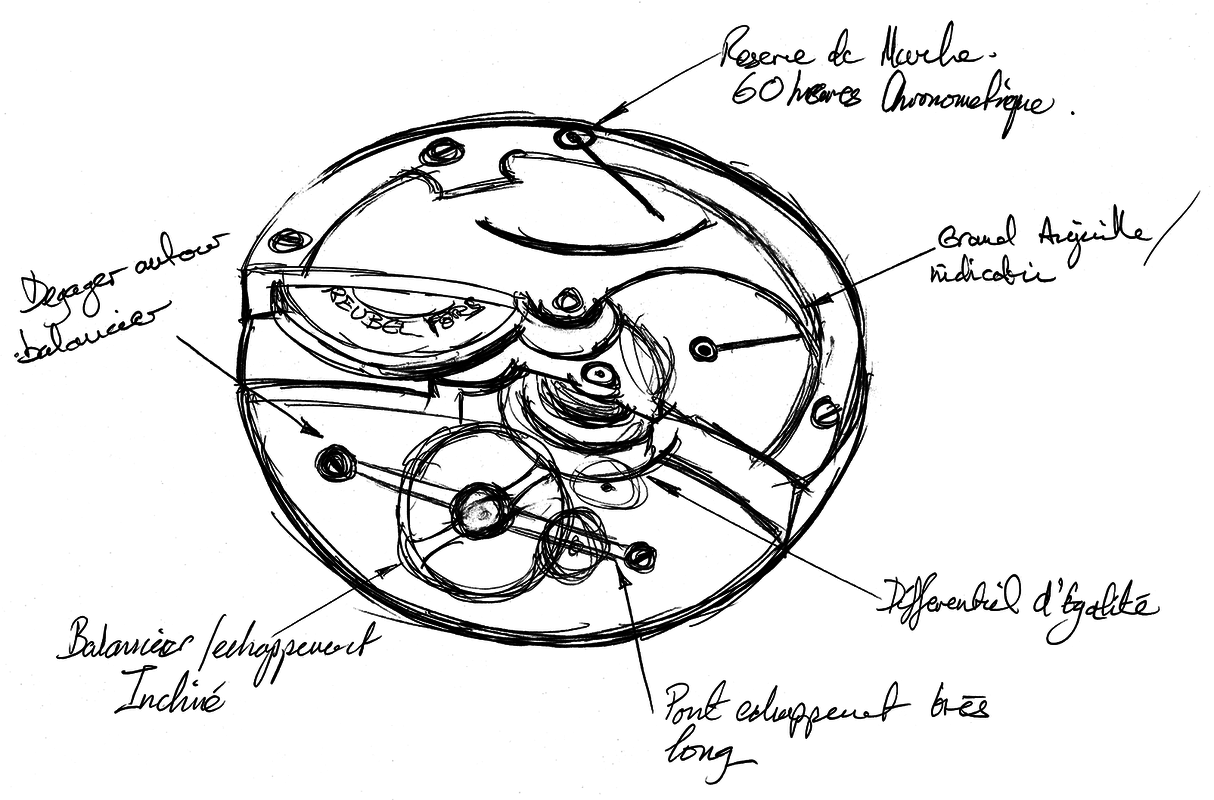
Double Balancier
6th Invention
In order to obtain the average timing rate in a stable position, we explored using the Double Balancier, i.e. two oscillators positioned along two different axes at precise predetermined angles. Thanks to the combined effects of the spherical differential and the angle of the balances, this system helps to minimise the effects of gravity and maximise timing precision in stable positions.
This invention beats at the heart of several timepieces in our collection.

Le Computeur Mécanique
7th Invention
Our mechanical computer of the QP à Equation reinterprets certain functions of ancient astronomical clocks. It is composed of a set of coding wheels superimposed in a coaxial manner with movable programmed fingers. Depending on their rotation speeds and number of teeth, these wheels provide a variety of information (months with 30/31 days and leap years [February 28/29 days]).The mechanical computer also directly drives a system of sapphire disks, which display the equation of time, i.e. the difference between “apparent” solar time and mean time. This new invention is composed of 25 parts and is the subject of three new patents.
This invention regulates our QP à Équation.
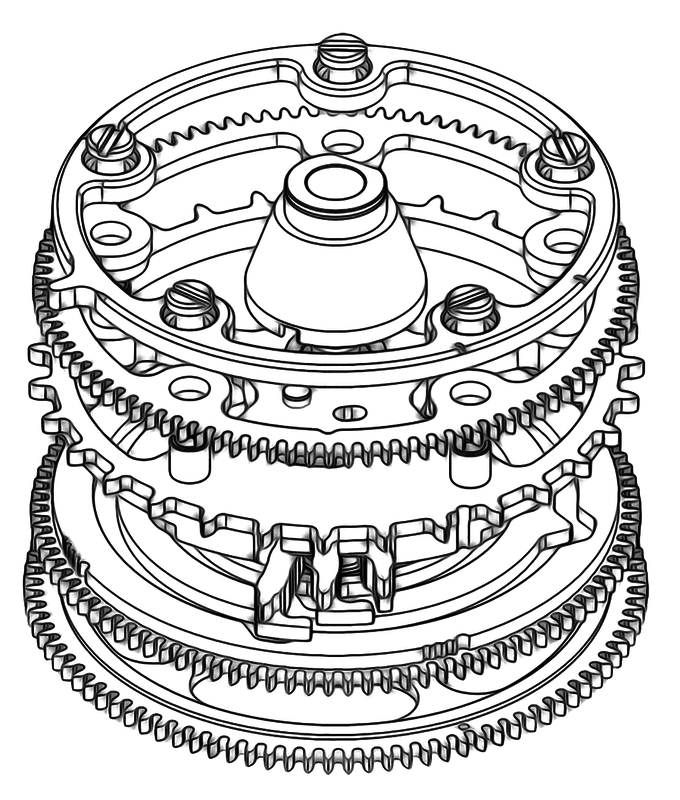

Click here to browse Greubel Forsey’s invention pieces


